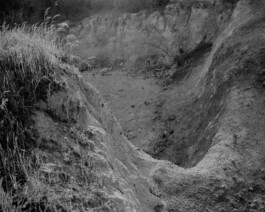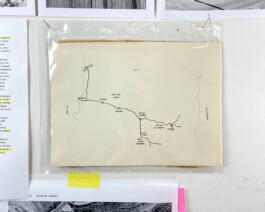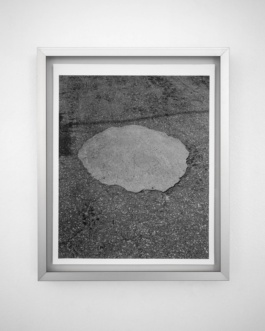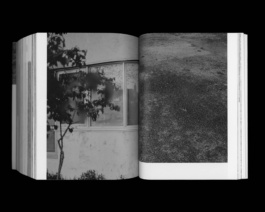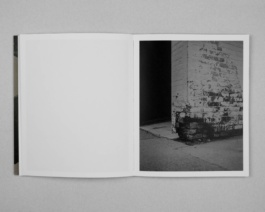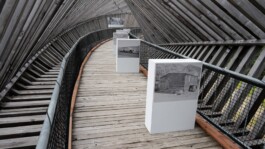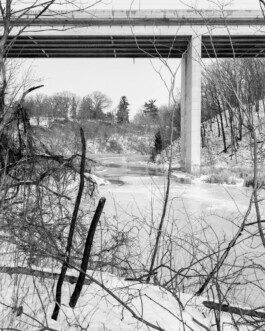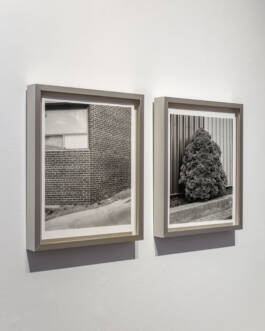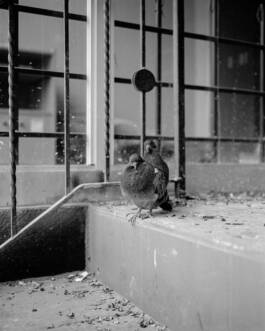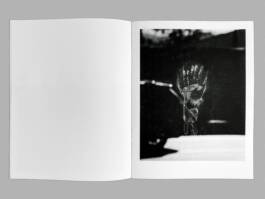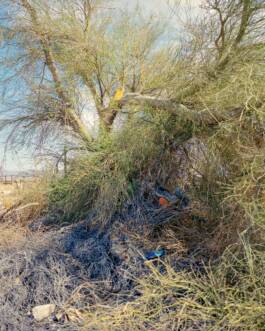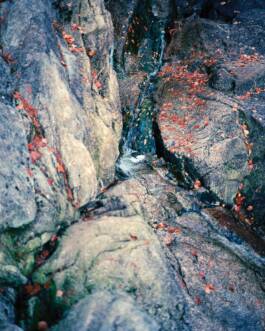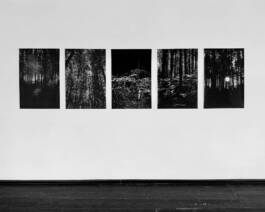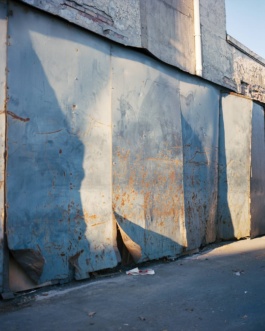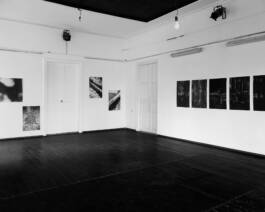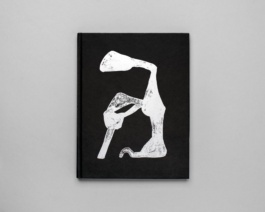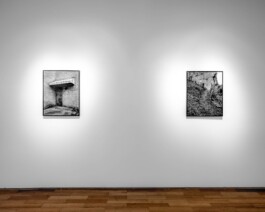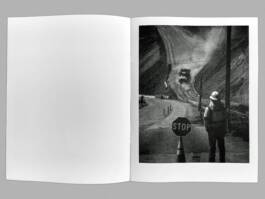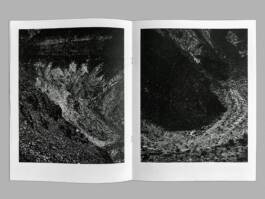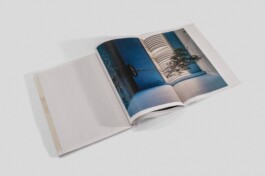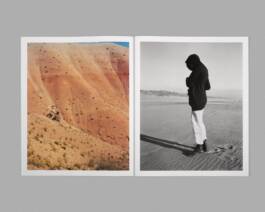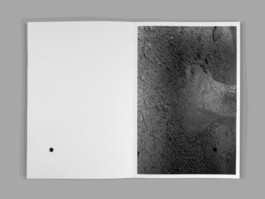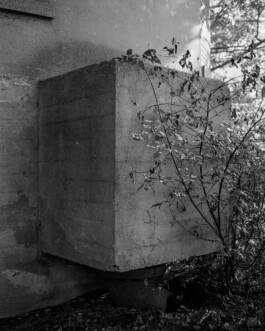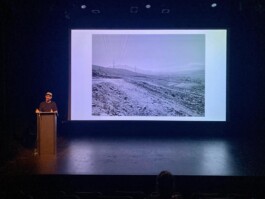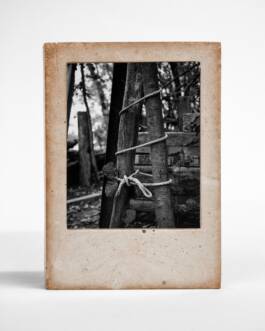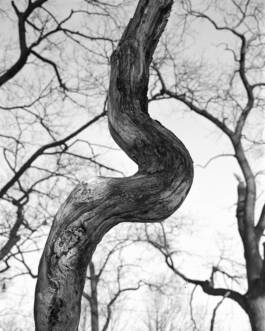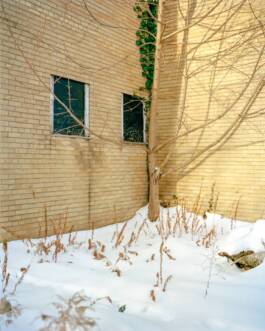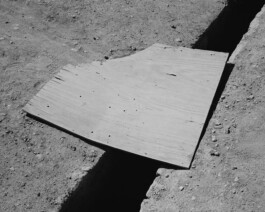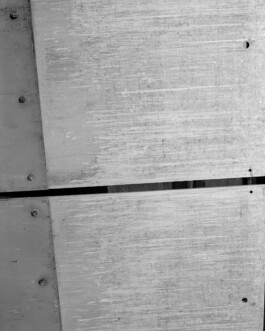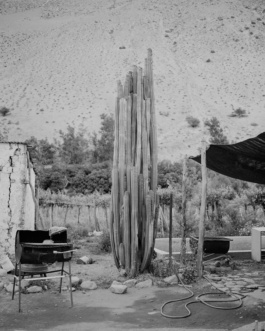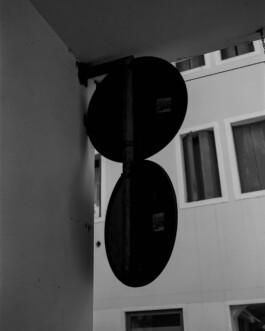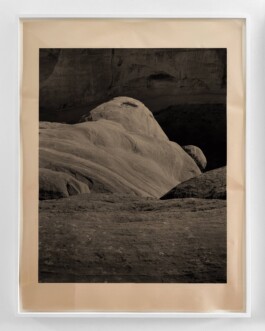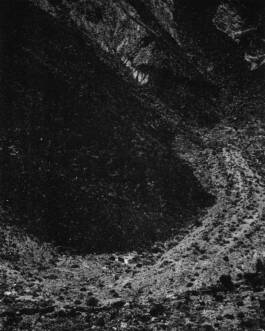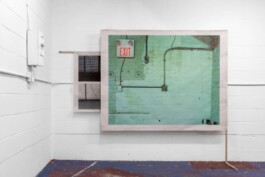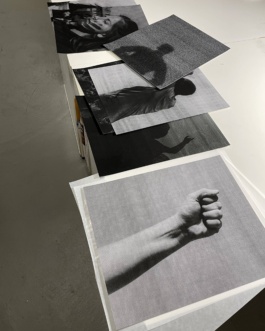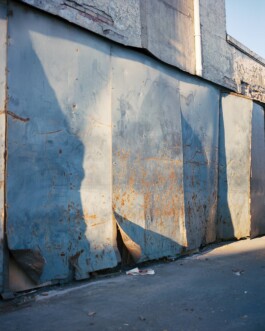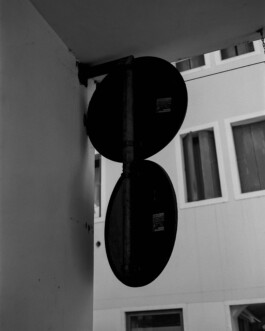
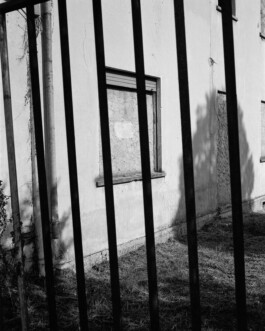
OMNE/LAND, 2023-25 (ongoing)
OMNE Osservatorio Mobile Nord Est, artist residency and exhibition program is a landscape observatory, a container of projects aimed at raising awareness of the environment through the practice of walking. Using multidisciplinary contributions OMNE promotes projects and actions on the territory by creating photographic campaigns, public walks, artist residencies, workshops, conferences, meetings, exhibitions, publications. Promoted and supported by the City of Castelfranco Veneto / Department of Environment and Sustainable Mobility, ULSS 2 Marca Trevigiana / Department of Prevention, the University of Padua, Department of Architecture of the University of Bologna, the project fits into the activities of the Regional Observatory for the Landscape of the Veneto, Local Observatory for the Castellana Landscape as part of the Varcities project funded by the European program Horizon 2020.
Since 2016 OMNE has organized three editions of artist residencies hosting twenty-two authors and an articulated program of events. The results of the previous artist residencies have been published in the volumes OMNE/WORK 2016–2018 (LetteraVentidue, 2018), OMNE/ BEAUTY 2018–2021 (Skinnerboox, 2021), OMNE/NATURE 2021–2023 (currently being published), and OMNE/LAND 2023-2025 (to be published).
This year's edition of the OMNE/LAND artist residency took place in Castelfranco Veneto, Italy, between September 21 and 28. It was a great pleasure and an honor to be awarded and participate in this art residency program, which included a series of conferences with artists, urban planners and architects, various exhibitions, talks and all the photographic work that was created in the territory, work that it is currently being processed and edited in Canada. I also participated in the OMNEFEST program with an artist talk about my personal practice at Villa Parco Bolasco. Thanks to the commission: Guido Guidi, Gerry Johansson, Stefania Rössl, Massimo Sordi, Maura Gallina and the entire Osservatorio Mobile Nord Est team.
The artist residence is a biennale program (2023–2025), with artists Filippo Maria Barbero (IT), Michele Cera (IT), Camilla de Maffei (IT), Matteo de Mayda (IT), Giulia Iacolutti (IT), Ingar Krauss (GE), Cristian Ordóñez (CL+CA) and Aaron Schuman (US+UK). Plus invited photographers Olivo Barbieri (IT) and Francesco Raffaelli (IT). Each one of us will continue to work on this biennale program to produce a collective book and group exhibition towards 2025, the new edition of OMNEFEST in Italy.
Castelfranco Veneto, Treviso, Italy
Artist Residence September 21st – 28th, 2023
OMNE/LAND program biennale 2023 – 2025
OMNE - Osservatorio Mobile Nord Est
(more soon)
GRANTS, RESIDENCIES
2024 — Canada Council for the Arts. Travel Grant. Arts Abroad Residencies. (CA)
2023 — OMNE - Osservatorio Mobile Nord Est. Land. Artist in Residence Award. (IT)




OMNE/LAND, 2023-25 (ongoing)
OMNE Osservatorio Mobile Nord Est, artist residency and exhibition program is a landscape observatory, a container of projects aimed at raising awareness of the environment through the practice of walking. Using multidisciplinary contributions OMNE promotes projects and actions on the territory by creating photographic campaigns, public walks, artist residencies, workshops, conferences, meetings, exhibitions, publications. Promoted and supported by the City of Castelfranco Veneto / Department of Environment and Sustainable Mobility, ULSS 2 Marca Trevigiana / Department of Prevention, the University of Padua, Department of Architecture of the University of Bologna, the project fits into the activities of the Regional Observatory for the Landscape of the Veneto, Local Observatory for the Castellana Landscape as part of the Varcities project funded by the European program Horizon 2020.
Since 2016 OMNE has organized three editions of artist residencies hosting twenty-two authors and an articulated program of events. The results of the previous artist residencies have been published in the volumes OMNE/WORK 2016–2018 (LetteraVentidue, 2018), OMNE/ BEAUTY 2018–2021 (Skinnerboox, 2021), OMNE/NATURE 2021–2023 (currently being published), and OMNE/LAND 2023-2025 (to be published).
This year's edition of the OMNE/LAND artist residency took place in Castelfranco Veneto, Italy, between September 21 and 28. It was a great pleasure and an honor to be awarded and participate in this art residency program, which included a series of conferences with artists, urban planners and architects, various exhibitions, talks and all the photographic work that was created in the territory, work that it is currently being processed and edited in Canada. I also participated in the OMNEFEST program with an artist talk about my personal practice at Villa Parco Bolasco. Thanks to the commission: Guido Guidi, Gerry Johansson, Stefania Rössl, Massimo Sordi, Maura Gallina and the entire Osservatorio Mobile Nord Est team.
The artist residence is a biennale program (2023–2025), with artists Filippo Maria Barbero (IT), Michele Cera (IT), Camilla de Maffei (IT), Matteo de Mayda (IT), Giulia Iacolutti (IT), Ingar Krauss (GE), Cristian Ordóñez (CL+CA) and Aaron Schuman (US+UK). Plus invited photographers Olivo Barbieri (IT) and Francesco Raffaelli (IT). Each one of us will continue to work on this biennale program to produce a collective book and group exhibition towards 2025, the new edition of OMNEFEST in Italy.
Castelfranco Veneto, Treviso, Italy
Artist Residence September 21st – 28th, 2023
OMNE/LAND program biennale 2023 – 2025
OMNE - Osservatorio Mobile Nord Est
(more soon)
